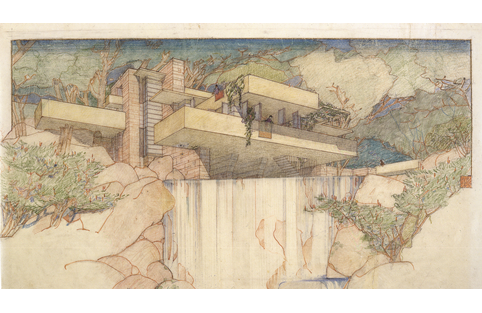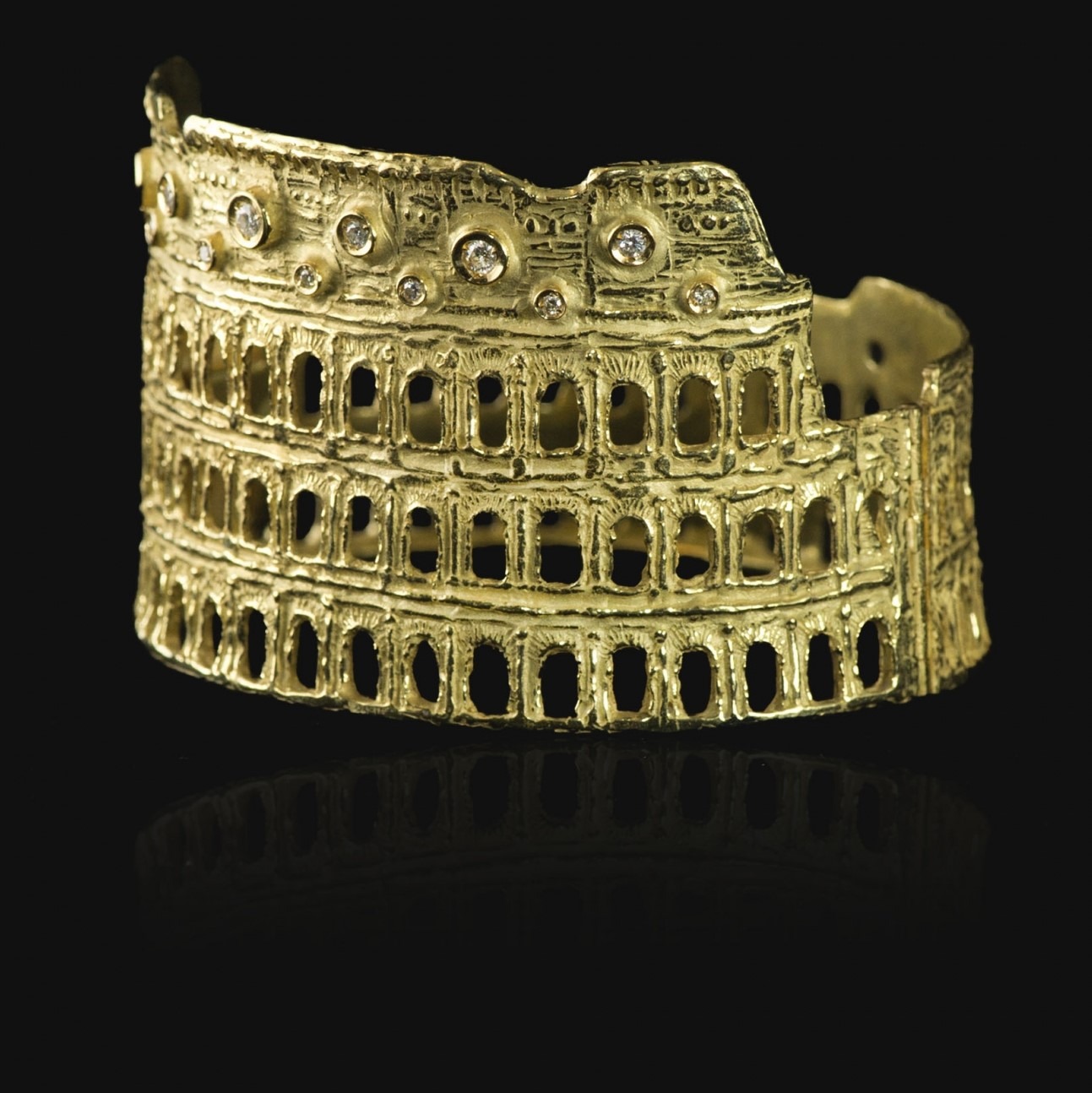“Drawing Architecture” by Helen Thomas is a book of visually paired images that draw connections and contrasts between architecture from different times, styles and places. Published by Phaidon, the 320-page book features drawings from Michelangelo to Frank Gehry, Louise Bourgeois to Tadao Ando, B.V. Doshi to Zaha Hadid, and Grafton to Luis Barragán, and demonstrates the variety and beauty of architectural drawings. A+A recently interviewed the author via email:
Your inspiration for the book?
For a very long time I have been interested in and worked with architectural drawings – my whole professional life in different ways. Emilia Terragni, Phaidon’s publisher, came to an event organized by a private collection called Drawing Matter that I collaborated with. I had put together a tiny book that was experimenting with different kinds of short writing forms by different people that were related to architectural drawings from the Drawing Matter archive. This inspired Emilia to ask whether I would be interested in writing this book.
It’s intent?
Essentially, to introduce architectural drawings to non-architects as objects that are beautiful, interesting and can tell a story about the world that we live in, while at the same time being appealing to architects and students as a different way of presenting architectural history. Another intention was also to weave in connections with cultures outside the western canon, and to reveal their importance, equivalence and interest.
When I was at the V&A and associated with the RIBA and V&A architecture collections, which had recently come together for the first time, my job was to work with the drawings, models and photographs. At that time, they were seen to be arcane and difficult cultural objects, and I worked on strategies to open the collections up to a wider audience. You can imagine how rewarding it was for me to get the opportunity to write this book.
The challenges of pulling it together?
One of the challenges was putting together a wider picture in the long list, outside the canon, or what we already know about. It was especially difficult finding out about drawings from outside Europe and America, and I asked people that I know – academics, curators, architects, to help with this task. I realized that there is a lot more work to do here – it’s an interesting challenge for me and hopefully other researchers.
Another challenge arose out of the nature of archives and the ways that architects deal with their old drawings. I always imagine an archive like an enchanted but dark and shadowy forest that you need a map or some form of guidance to find your way through – so looking through the various archives was a bit like that. More problematic was remembering amazing drawings but not being able to get to the originals – for example Eva Jiricna’s office made very beautiful and intricate drawings for the circular glass staircases she designed during the late 1980s, but they were in a roll somewhere deep in a storage container on the outskirts of London. There are so many drawings stashed away like this that no-one knows about.
How did you choose the artists and architects represented? How many drawings are included total?
There are 285 illustrations in the book. The artists and artists were chosen in relation to their drawings from a much longer list of drawings that was put together over a period of time through research and advice from various academics, curators and architects.
The format?
The book was designed in-house at Phaidon, so conversations around the design were straightforward. Sometimes graphic designers can become wrapped up in the conventions of architectural drawing – the title block for example is often a starting point, and the color grey and grids are used to represent the concept of architecture. These were nimbly side-stepped I think, and I like the layouts – especially the space around and emphasis on the image. The cover is strong conceptually, but the image is also fragile and mysterious.
Its target market?
Anyone who would visit an art gallery or a museum, or enjoys history, or travelling and visiting buildings – including historic houses, castles and cathedrals could find something to enjoy in the book.
For more, go here.
[slideshow id=1982]’Drawing Architecture,’ from Phaidon



